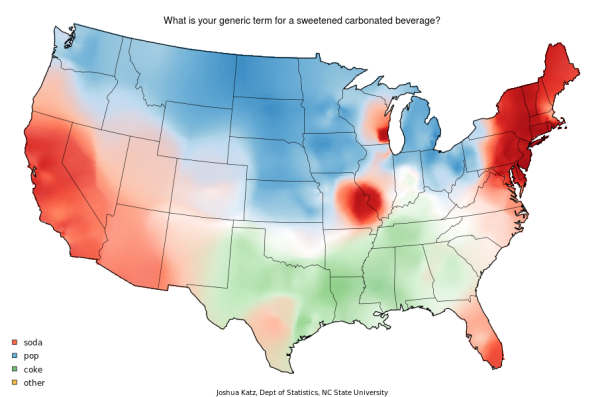Standardized Stability and Shelf Life Analysis is a required step in the manufacture of all drugs and foods, to determine the shelf life. In general, the concern is that products retain the same properties and characteristics that they possessed at the time of packaging. These properties must be within specified limits throughout a period of storage and use.
Toxicological, Microbiological, Physical and Chemical Stability and Shelf Life Studies are conducted in a wide variety of industries from Pharmaceutical, Food and Beverage, to Industrial. Specific guidelines published by the International Conference on Harmonization of Technical Requirements for Registration of Pharmaceutical for Human Use (ICH) and also the U.S. Food and Drug Administration (FDA) provide details on analytic approaches and workflows that are acceptable for these analyses. However, in addition to the specific data analysis steps, it is critical that analyses are validated and properly documented, and embedded into a secure system that guards the integrity of all analytic reporting.
The STATISTICA Stability and Shelf Life Analysis Solution is a validated solution which has been installed and successfully utilized at some of the largest manufacturing facilities in the world. This solution successfully integrates enterprise-wide role-based security, predefined data configurations and analysis configurations, customizable reporting and flexible analytical tools to handle any analysis requirement. All analyses follow ICH and U.S. FDA guidelines, meeting the stringent requirements established by these organizations.
STATISTICA Solution
- Leading-Edge Predictive Analytics: Sophisticated algorithms to build models that provide the highest accuracy for stability and shelf life analysis.
- Enterprise-Wide Solution: A multi-user, role-based, secure STATISTICA Enterprise platform allows for a truly collaborative environment to build, test, and deploy the best possible models for analytics.
- Reflexive Models for Real–Time Needs: Live Score® processes new data as they arrive and updates models in rapid turn-around times made possible only by STATISTICA’s integrated solutions.
- Integrated Workflow: STATISTICA Decisioning Platform provides a streamlined workflow for powerful, rules-based predictive analytics where business rules and industry regulations are used in conjunction with advanced analytics to build the best models.














